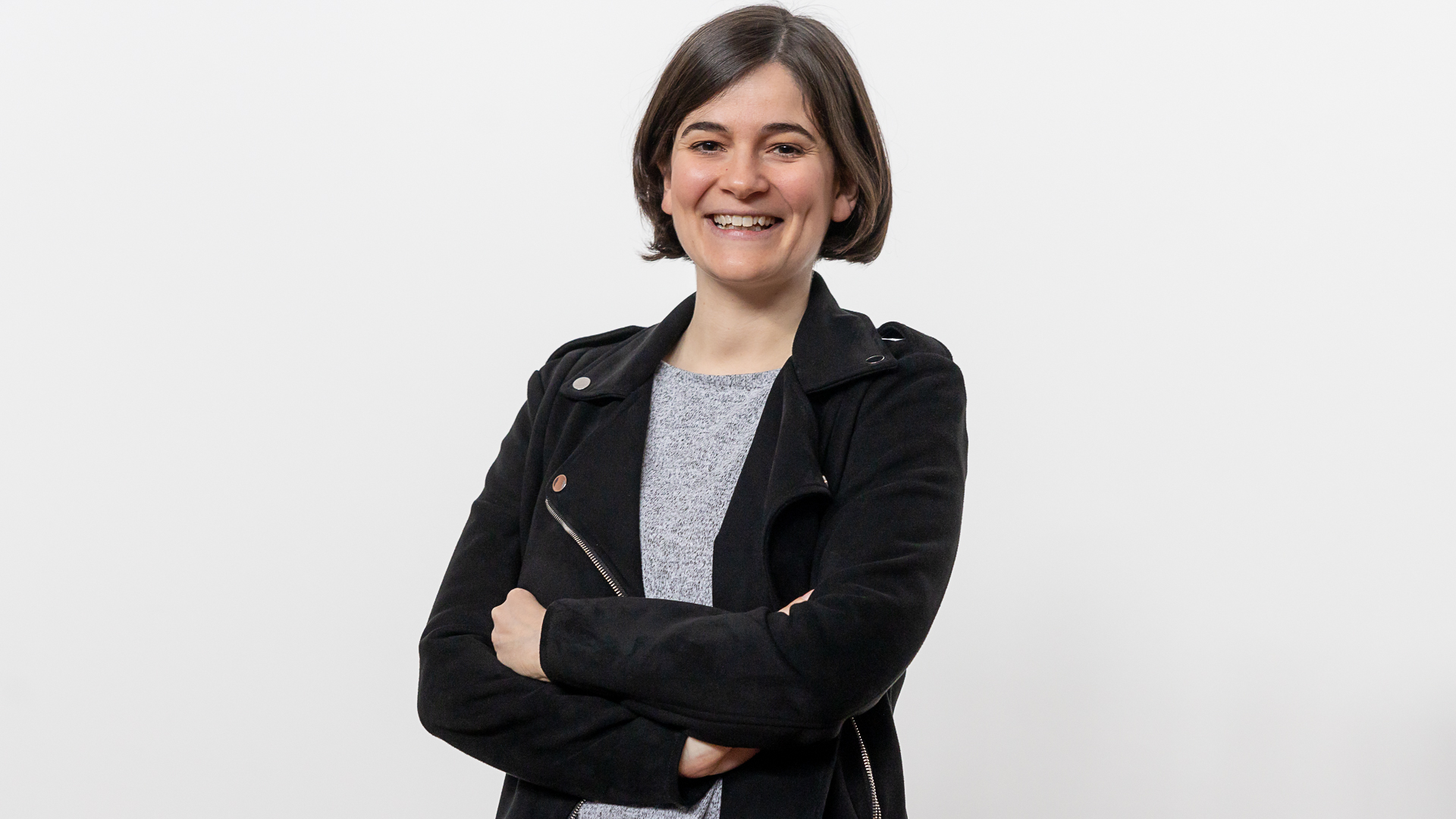Ferroelectric nematics, recently discovered, exhibit spontaneous polarization and nonlinear optical properties comparable to ferroelectric solids, while being fluid. This unique combination of fluidity, i.e. tunability and processability, and polarity unlocks exciting opportunities for applications in sensing, organic electronics, energy harvesting, switchable photonics, and quantum light sources.
In the Light & Matter group, we have been involved since the beginning in the research on the materials exhibiting ferroelectric nematic (FNLC) phases, covering their discovery and seminal investigations for this emerging field. The polar properties of these materials together with the fluidity of the system result in a variety of novel physical phenomena, such as novel mechano-electric effects. PhD candidate will join a very dynamic research field and carry out a comprehensive set of experimental investigations combining polarization optical microscopy, second harmonic generation microscopy and interferometry studies, optical transmission simulations, dielectric spectroscopy and material characterization techniques among others. The candidate will also be involved in the development of customized measurement setups. PhD topic directions seek to advance material development, theoretical description, engineering versatile non-linear optical structures beyond inorganic crystals, and creating soft, flow-based mechano-electric systems as demonstrators for future applications.
Our research on FNLCs is performed in close collaboration with other international groups from UK, Germany, Belgium, Spain and China among others.
- P. Medle Rupnik, E. Hanžel, M. Lovšin, N. Osterman, C. J. Gibb, R. J. Mandle, N. Sebastián and A. Mertelj, Advanced Science, 2025, n/a, 2414818.
- M. Lovšin, A. Petelin, B. Berteloot, N. Osterman, S. Aya, M. Huang, I. Drevenšek-Olenik, R. J. Mandle, K. Neyts, A. Mertelj and N. Sebastian, Giant, 2024, 19, 100315.
- V. Sultanov, A. Kavčič, M. Kokkinakis, N. Sebastián, M. V. Chekhova and M. Humar, “Tunable entangled photons from liquid crystals”, Nature, 2024, 631, 294-299.
- P. Medle Rupnik, L. Cmok, N. Sebastián and A. Mertelj, “Viscous Mechano-Electric Response of Ferroelectric Nematic Liquids” Advanced Functional Materials, 2024, 34, 2402554.
- A. Erkoreka, J. Martinez-Perdiguero, R. J. Mandle, A. Mertelj and N. Sebastián, “Dielectric spectroscopy of a ferroelectric nematic liquid crystal and the effect of the sample thickness” Journal of Molecular Liquids, 2023, 387, 122566.
- N. Sebastián, M. Lovšin, B. Berteloot, N. Osterman, A. Petelin, R. J. Mandle, S. Aya, M. Huang, I. Drevenšek-Olenik, K. Neyts and A. Mertelj, “Polarization patterning in ferroelectric nematic liquids via flexoelectric coupling”, Nature Communications, 2023, 14, 3029. Selected as Editor’s Highlight.
- N. Sebastian, M. Čopič and A. Mertelj, “Ferroelectric nematic liquid-crystalline phases”, (Perspectives series), Phys. Rev. E., 2022, 106, 021001-1-021001-27.
